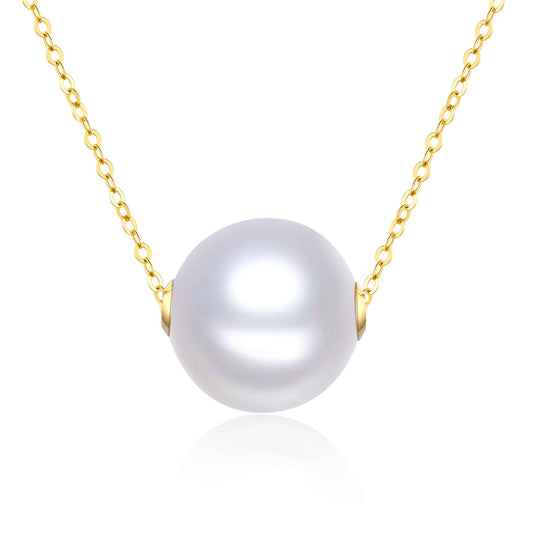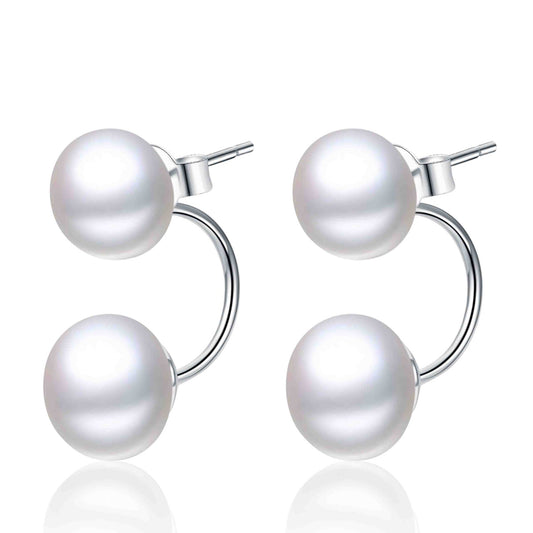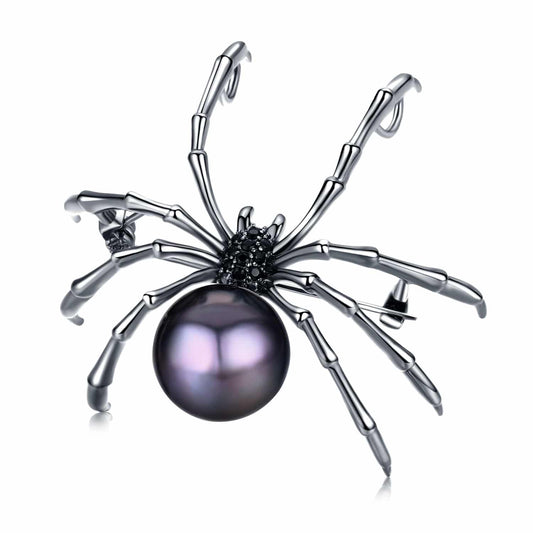
Virginia Apgar: The First Pearl Babies Meet
Share
Her Test Changed the Way We Care for Newborns.
Ever felt like you are a stranger in the world, perhaps slightly out of place? Oysters teach us that no matter what your challenges or oddities, if you stand strong in your goals and convictions, you will find the pearl inside. We believe that people are like oysters, and that we can channel our difficulties and obstacles in such a way that we take an ordinary – and sometimes not so ordinary – life and turn it into a pearlescent legacy. In honor of this unique human quality, we are publishing a series looking at women who have lived their lives like pearls. This is another installment of the Living like a Pearl series. Find the other stories here.
_______
In the few minutes after birth, there is a short, anxious wait as the midwife, nurse or doctor performs an Apgar Test on the newborn child. The test involves taking note of a few small details: the baby’s color, breathing, heartbeat, muscle tone, and reflexes. Each of these five attributes is scored between 0 and 2, with a 0 indicating a poor result and 2 a healthy result. If a baby has a 0 for color, for example, the child would be blue and it could indicate that the child is not breathing. The scores are then added up to get a score out of 10, which indicates the overall health of a newborn and helps professionals to instantly recognize if something is wrong.
As the test is performed, the child and their parents may not know it, but they are in those moments face to face with the legacy left by Virginia Apgar, the woman who devised the test.
She was the youngest of three children and it was no coincidence that she went into medicine: her two older brothers suffered from serious health problems and her eldest brother died of tuberculosis. The pain of losing a sibling and the suffering her family must have gone through when her brothers were sick is not something anyone would wish onto a child. But was it not for this suffering, the world may never have had the famous Apgar Test, which has saved thousands of babies’ lives since it was first used in the 1950s.
Virginia Apgar was perhaps seen as slightly unconventional for her time. Not only did she aim to become a doctor (not a nurse, as was more common for women at the time) but she also never married. And despite the massive service she did to mankind’s babies, she never had any of her own children.
She was born in 1909 to Helen May and Charles Emory Apgar, a stockbroker and insurance salesman with an interest in astronomy and radio. By the time she graduated from Westfield High School in 1925, she already knew she wanted to be a doctor. She graduated with a degree in zoology from Mount Holyoke College in 1929, then in 1933 from Columbia University in New York as a medical doctor. Her plan was to specialize in surgery, but Allen Whipple, the chairman of surgery at Columbia-Presbyterian Medical Center, encouraged her to rather practice anesthesiology. It was not a big field at the time, and advancements were necessary so that surgeons could do more in surgery. She went on to become head of the new anesthesiology division – the first woman to head a medical department at the hospital – and it was in 1952 at this hospital that she devised the Apgar Test which is still used internationally to determine the health of a newborn. Though the test is the most defining moment of her legacy, it was not the only pearl she left the world.
She later joined the March of Dimes, an organization that was founded to address the polio epidemic in the 1930s, encouraging them to shift their focus to include the prevention of premature births and birth defects by administering the measles vaccine to women. She was always writing and researching, and in 1965 started teaching, becoming the first medical school professor specializing in birth defects. As she traveled to give public lectures on birth defects and advocating for the measles vaccine, she would take her violin along and play with any musicians in the area while she was there. She also took flying lessons, made musical instruments, and liked to garden and golf.
Ultimately she wrote more than 60 academic articles, as well as a book titled, Is My Baby Alright? She passed away at the age of 65, but her test lives on – a pearl of wisdom that benefits every newborn child.


